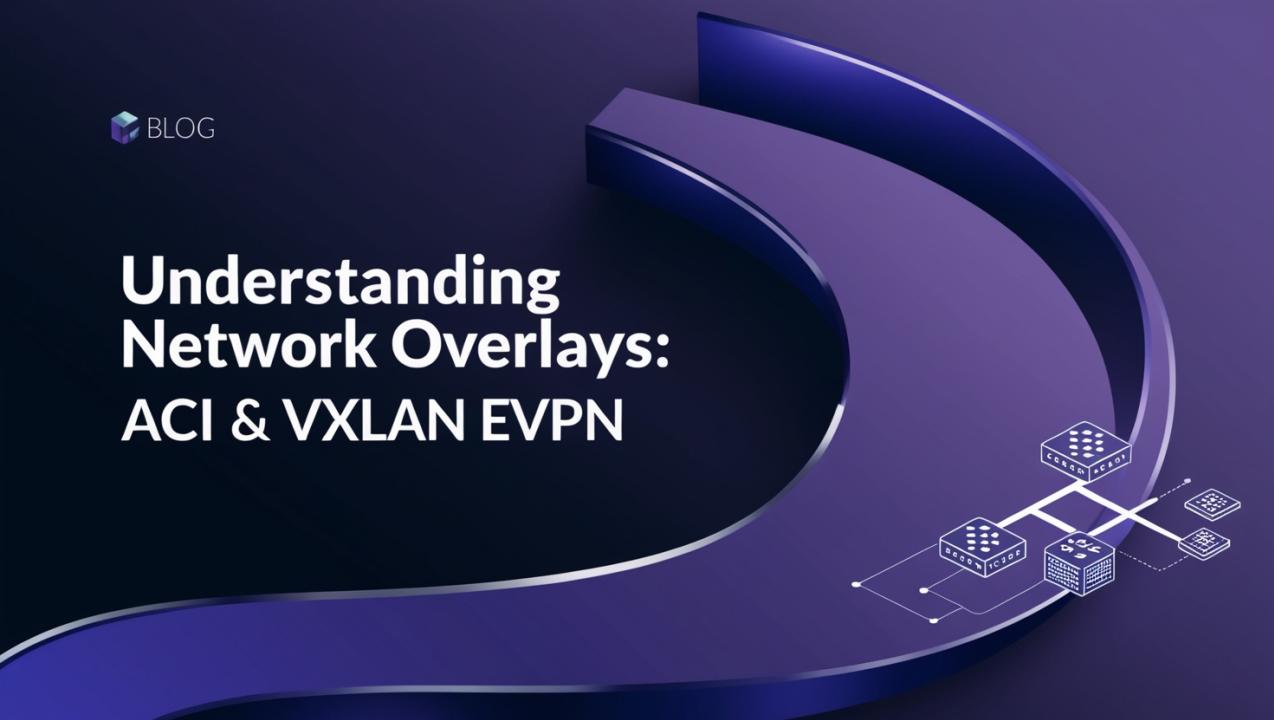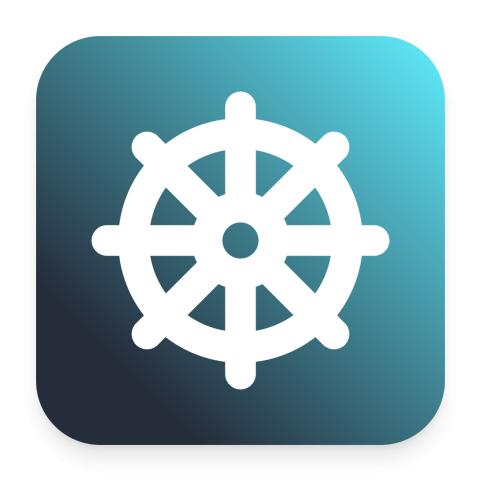In today’s data centers, traditional networking methods are no longer enough. As businesses grow, they need networks that can scale, stay secure, and adapt to new technologies. That’s where network overlays come in. Two of the most popular overlay technologies are Cisco ACI (Application Centric Infrastructure) and VXLAN EVPN (Virtual Extensible LAN with Ethernet VPN). These technologies are crucial for professionals pursuing CCIE Data Center Training, as they form the foundation of modern networking.
What is a Network Overlay?
A network overlay is like a virtual highway built on top of an existing network. Think of it as adding multiple lanes to a road without physically changing the structure. Overlays allow networks to be more flexible, scalable, and efficient without making big hardware changes.
Cisco ACI: A Software-Defined Approach
Cisco ACI (Application Centric Infrastructure) is a software-defined networking (SDN) solution. It automates and simplifies network management by focusing on applications rather than hardware.
Key Features of ACI:
Centralized Management: A single controller (APIC) manages the entire network.
Application Focus: Networks are built around application needs.
Security & Automation: Policies are enforced automatically, reducing manual work.
Multi-Cloud Support: Works with on-premises and cloud environments.
VXLAN EVPN: A Scalable Overlay for Modern Data Centers
VXLAN (Virtual Extensible LAN) is an advanced networking technology that extends Layer 2 networks over Layer 3. EVPN (Ethernet VPN) is an extension that improves routing, efficiency, and security.
For CCIE Data Center professionals, understanding VXLAN EVPN is essential as it enables highly scalable, multi-tenant architectures in large networks.
Why Use VXLAN EVPN?
Scalability: Supports large networks with thousands of devices.
Better Traffic Routing: EVPN reduces unnecessary data flooding.
Multi-Tenant Support: Different users can have isolated networks on the same infrastructure.
Increased Security: Traffic stays encrypted and segmented.
ACI vs. VXLAN EVPN: Which One to Choose?
ACI is best for enterprises looking for automation, centralized control, and application-driven networking.
VXLAN EVPN is ideal for service providers and large data centers that need scalability, flexibility, and enhanced routing.
Conclusion
Both ACI and VXLAN EVPN help modernize networks by making them more scalable, efficient, and secure. If you need a fully automated network with application-based policies, ACI is the way to go. If you require large-scale, flexible networking, VXLAN EVPN is the better choice.
For networking professionals aiming to excel in CCIE Data Center, mastering these technologies is a must. Understanding ACI and VXLAN EVPN helps businesses build a future-proof network that keeps up with today’s demands. Whether you choose ACI or VXLAN EVPN, both offer a powerful foundation for next-generation networking.










